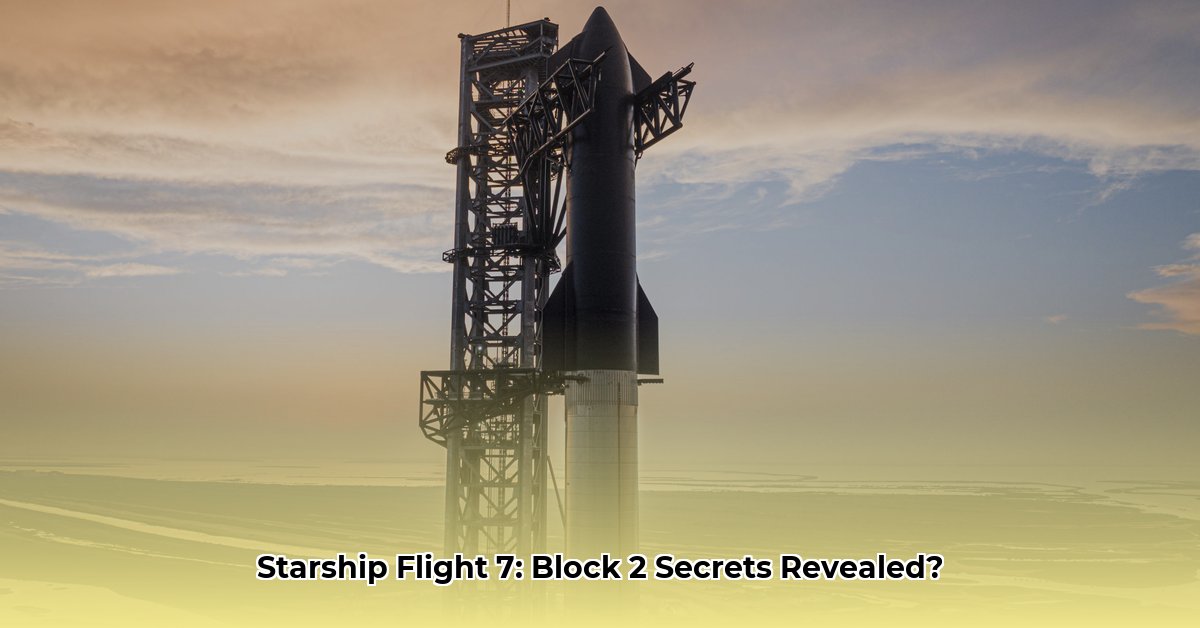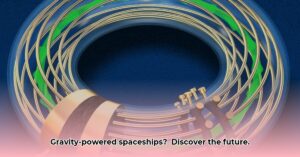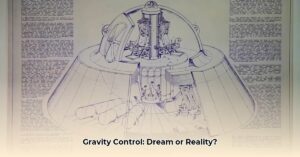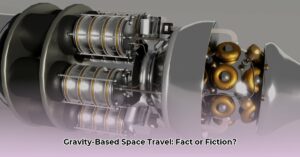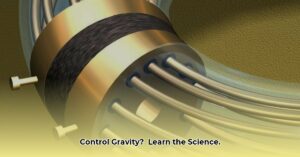SpaceX’s Starship, the colossal rocket poised to revolutionize space travel, just received a major overhaul with its seventh test flight. This wasn’t a simple hop; it marked the debut of the highly anticipated Block 2 upgrades. Join us as we delve into the engineering marvels of this upgraded Starship, exploring the key changes and their implications for future missions to orbit, the Moon, and beyond.
Enhanced Capabilities: A Closer Look at Block 2’s Key Improvements
SpaceX’s iterative design process is evident in the Block 2 upgrades, which address previous challenges and enhance Starship’s performance. Flight 7 showcased a number of significant modifications, paving the way for more ambitious missions.
Propellant Tanks: Fueling Ambitious Journeys
The most visually striking change in Block 2 is the extended propellant tanks. Growing from fewer rings to a total of 21, these tanks boast a roughly 25% increase in propellant capacity, adding approximately 300 tons. This substantial boost translates directly into greater payload capacity and the potential for extended mission durations. Imagine carrying heavier satellites, more supplies for a lunar outpost, or perhaps even enough fuel for future Mars expeditions—that is the promise of these supersized tanks.
Forward Flaps: Mastering Atmospheric Ballet
Starship’s “belly flop” maneuver, a critical part of its controlled descent, relies heavily on the forward flaps. Block 2 features redesigned flaps—thinner, repositioned higher, and angled approximately 140 degrees from the fairing. This nuanced adjustment likely enhances aerodynamic control during re-entry, potentially smoothing out the descent and improving stability. Data from Flight 7 and subsequent tests will provide crucial insights into the effectiveness of these changes.
Heat Shield: Forging a Resilient Armor
Returning from space involves a fiery plunge through Earth’s atmosphere. Block 2 equips Starship with an upgraded heat shield, featuring a more seamless design and smaller, pinned tiles, particularly around the vulnerable dome sections. This chainmail-like armor likely provides enhanced thermal protection, potentially boosting reusability and reducing operational costs. Ongoing research and analysis will determine the full extent of this upgrade’s impact.
Payload Bay and Nosecone: Optimizing for Efficiency
Although the physical size of the payload bay appears smaller in Block 2, the usable volume has been cleverly maintained through a streamlined nosecone design. This optimization allows for efficient packing and potentially expands the types of payloads Starship can accommodate. The enlarged “PEZ dispenser” mechanism within the payload bay also increases the capacity for Starlink satellite deployment, further supporting SpaceX’s goal of global internet coverage.
Internal Refinements: Boosting Performance and Reliability
Several internal upgrades contribute to Block 2’s enhanced capabilities. Relocated “chopstick” lift points streamline ground operations. Vacuum-jacketed transfer tubes provide independent and efficient propellant flow to each Raptor engine, potentially improving engine performance and mitigating boil-off. Elliptical domes likely simplify manufacturing and enhance structural integrity. Finally, an overhauled avionics system—the “brains” of the spacecraft—likely boosts control, reliability, and processing power, crucial for complex missions.
| Upgrade | Block 2 Change | Rationale | Potential Impact |
|---|---|---|---|
| Propellant Tanks | Extended to 21 rings (from 18) | Increased propellant capacity by ~300 tons (~25%) | Larger payloads, extended mission durations, potential for Mars missions |
| Forward Flaps | Thinner, repositioned, increased separation | Improved aerodynamic control during “belly flop,” enhanced stability during descent | Smoother descents, increased landing accuracy |
| Heat Shield | Seamless design, pinned tiles, dome refinements | Enhanced thermal protection during re-entry, potentially increased reusability and reduced costs | Improved survivability during re-entry, more cost-effective operations |
| Payload Bay/Nosecone | Redesigned nosecone, larger Starlink dispenser | Maintained usable volume with smaller size, increased Starlink deployment capacity | More efficient payload management, greater Starlink deployment capability |
| Lift Points | Relocated to payload bay | Streamlined ground handling procedures | Improved ground operations efficiency |
| Transfer Tubes | Vacuum-jacketed lines for each Raptor engine | Optimized propellant flow, potentially increased engine performance and efficiency, reduced boil-off | Enhanced engine reliability and performance |
| Domes | Elliptical design | Simplified manufacturing process, potentially improved structural integrity | More efficient production, increased structural strength |
| Avionics | Upgraded systems | Enhanced control precision, improved reliability, increased processing power | More robust and capable spacecraft, better equipped for complex missions |
The Path Ahead: Block 2 and the Future of Space Exploration
The Block 2 upgrades represent a significant leap forward in Starship’s development. They address critical challenges identified in earlier tests and pave the way for more ambitious missions. While ongoing research and analysis will continue to refine our understanding of these upgrades, the advancements showcased in Flight 7 signify a major step towards a fully reusable, heavy-lift launch vehicle capable of reaching orbit, the Moon, Mars, and beyond. Starship’s journey is a testament to SpaceX’s commitment to constant improvement and their bold vision for the future of space travel.

